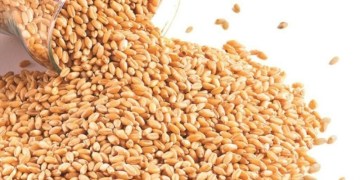There definitely are two different portraits of the U.S. tire industry being drawn in the debate over antidumping and countervailing duties against passenger and light truck tires imported from China.
Those pictures were drawn clearly during the recent hearing before the International Trade Administration that led to a decision to support substantial duties against those importing tire lines from China into the U.S. The International Trade Commission will make its determination July 14 on whether final duties will go into effect.
In reality, there’s really little doubt the Chinese government supports its manufacturers, so they can export the tires into the U.S. at below-market prices. The question, really, is whether anyone is being injured.
Most of the major tire manufacturers are relatively silent on the issue. The vast majority operate in both regions and have contingency plans ready to go whichever way the decision goes.
Chinese importers argue they aren’t competing directly with U.S. producers for most of the lines shipped into this market. They point out that eight tire makers are spending $3.3 billion in the U.S. that will increase tire making capacity by 42 million tires a year and bring in 6,700 jobs. They also note that each member of the domestic tire industry was profitable during the time the ITC is investigating.
So where’s the injury, they argue.
The United Steelworkers offer a different perspective. Union leaders note imports from China peaked at 46 million tires in 2008, but fell dramatically from 2010-12 when the Obama administration enacted high tariffs on Chinese passenger and light trucks from September 2009 to September 2012. But since those duties expired, imports surged, spiking more than 80 percent from 2012-14.
What’s even more telling is testimony given at the ITA hearings from presidents of four USW locals. They gave insight into the inner workings of the factories—from how production increased when duties were put in place in 2009 and then cut back sharply as Chinese imports again flooded the market. Now, with preliminary duties already in place pending the final ITC decision, the manufacturers are preparing for capacity expansions at the USW-represented facilities.
For example, Rodney Nelson, president of the USW local at Cooper’s Findlay, Ohio, factory, testified how two days after the 2009 duties were announced, the company said it was going to hire 100 new workers and invest $20 million in the plant to make up the shortfall in tire supply. With the tariffs in place, Findlay produced 21,500 tires a day. That dropped to 17,500 tires a day in 2013 and 2014 and employment fell by 200. But as the ITC nears its final decision, the tire maker already is gearing up for higher manufacturing volume.
The other USW presidents told similar tales, ones that when taken together show that having a level playing field brings production of millions of tires and thousands of jobs into the U.S. economy. And that’s where the real impact of the duties comes into play.


























